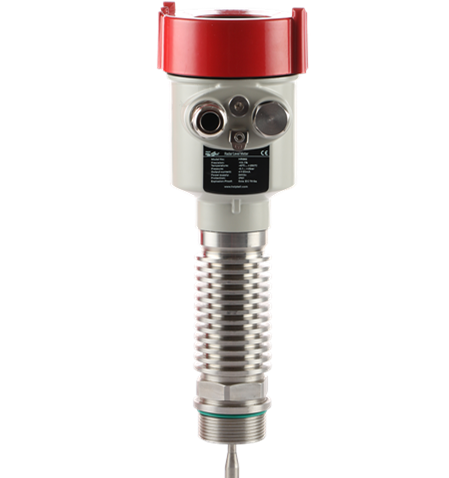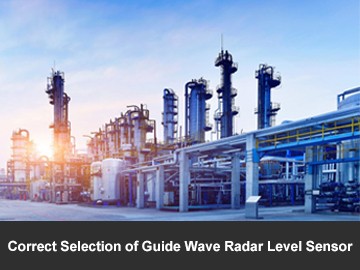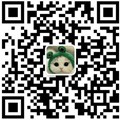How to Correctly Choose Guide Wave Radar
Guided wave radar liquid level sensor, a liquid level measuring instrument in industrial production, is based on the principle of time domain reflection (TDR) to complete continuous level measurement of liquids, particles, slurry and other media. It is widely used in water liquid storage tanks, slurry storage tanks, solid particles, oil tanks, etc. So how to select the correct type of guided wave radar level gauge?

Confirm the measuring medium:Guided wave radar level gauge is not suitable for viscous medium as it adopts a contact measurement method. Material that hangs produces by viscous medium will affect the transmission and reception of signals and produce false signals. In addition, if the medium to be measured is corrosive, it is necessary to choose rod or antenna that is corrosion-resistant.
Definition of range:The range is generally the vertical distance from the bottom of the mounting flange to the bottom of the tank. This parameter must be accurate. It is recommended that a space of 30mm between the probe at the bottom of the cable and the bottom of the tank is reserved to ensure that the probe does not touch the bottom of the metal tank and generate interference signals.
Confirm whether there is stirring:When choosing a guide wave radar level sensor, it is necessary to confirm whether there is agitation in the tank, and where is the fan blade. If the fan blade is very close, it's not suitable to use guide wave radar level sensor.






